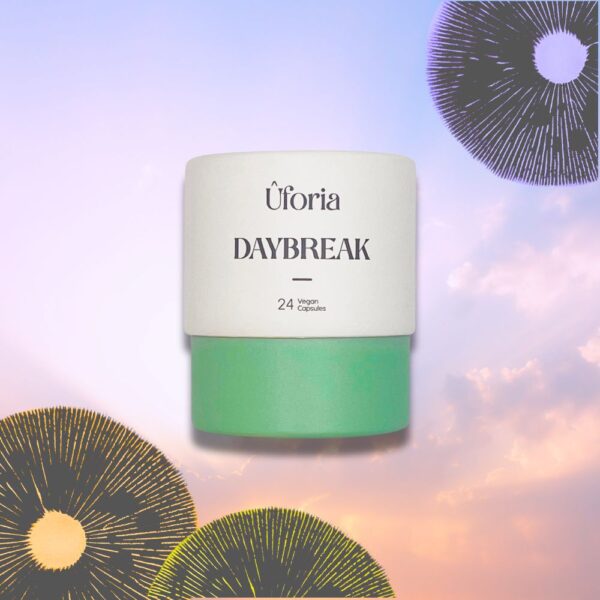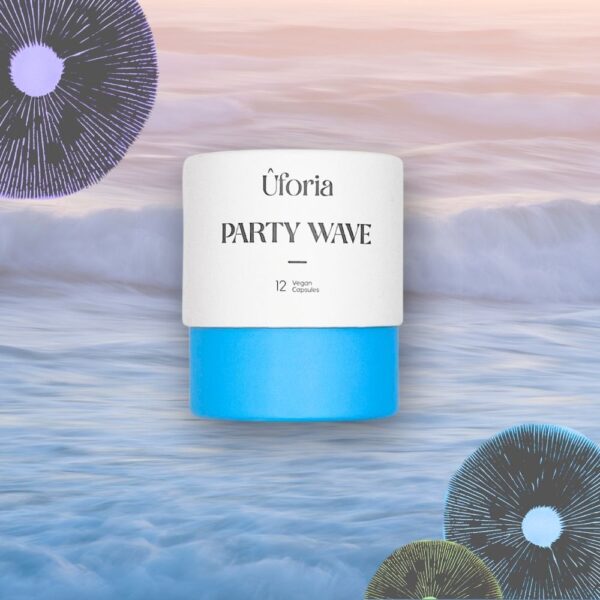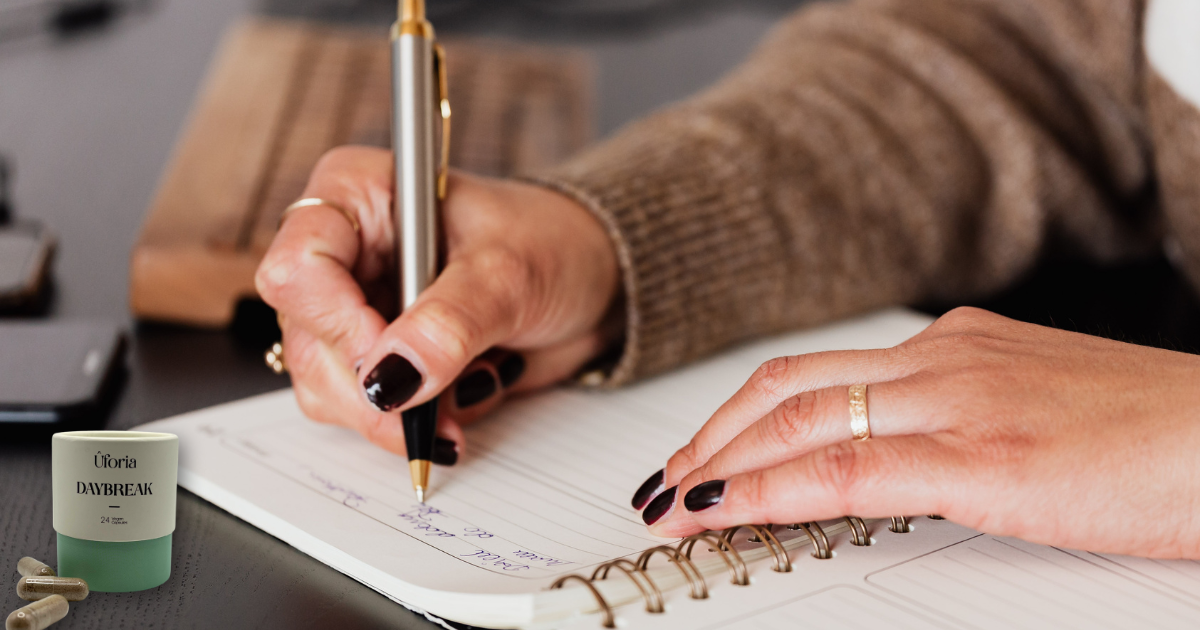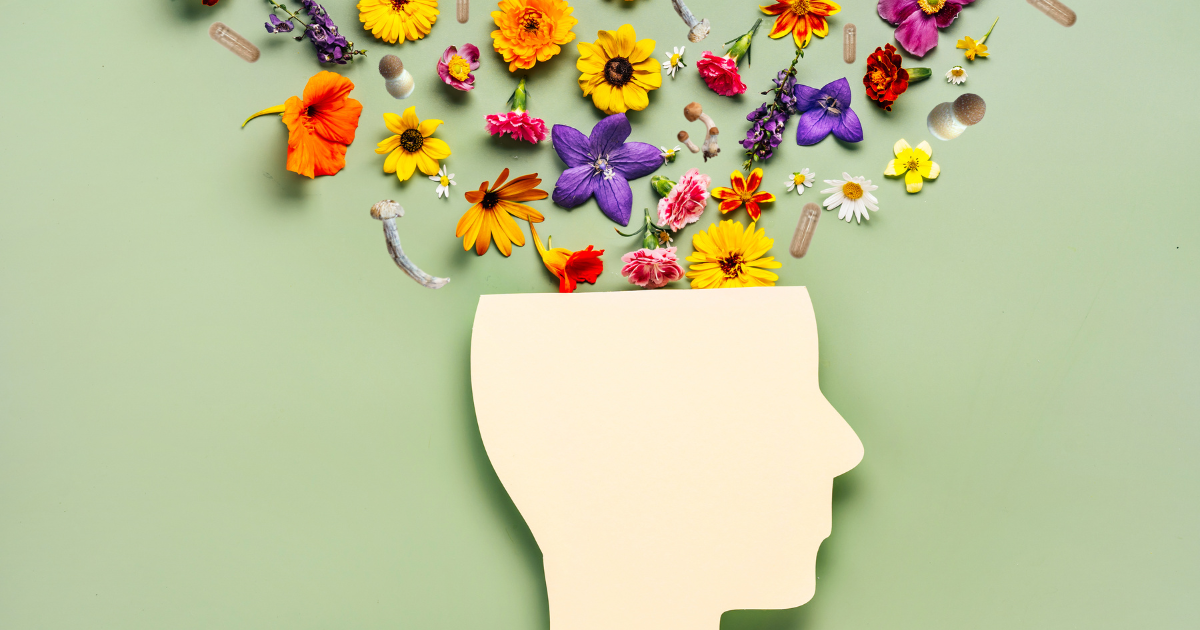Many of us want the positive effects of taking a psychedelic drug, such as LSD or psilocybin, without the commitment of a full-blown trip. Enter, microdosing, an ongoing practice that has gained popularity due to its potential to enhance creativity, productivity, and overall well-being with minimal risks.
Beginner’s Checklist
Although microdosing offers many potential benefits with low risk, it’s important to take your time and review safety precautions. Follow this beginner’s checklist to help you get started:
☐ Do your own research
Educating yourself about mushroom microdosing is essential. Understanding how psilocybin works, its potential effects, and proper dosing will help you make informed choices.
Before consuming them, take the time to learn about:
- How psilocybin interacts with the brain
- Different microdosing protocols (schedules)
- Potential benefits and risks
Check out our in-depth beginner’s guide to get started quickly.
☐ Use reliable sources for your mushrooms
Psilocybin mushrooms should come from a safe, clean, and tested source.
⚠ Avoid consuming mushrooms from unknown or wild sources unless you have expert identification skills. Many wild mushrooms are toxic and dangerous.
If you’re sourcing mushrooms:
- Buy from a trusted, lab-tested supplier (where legally available)
- Grow your own with proper sterilization techniques to prevent contamination
- Store mushrooms correctly to maintain potency and prevent mold growth
Your health and safety should always come first.
-
BESTIE BUNDLES
$45.00 – $200.00 -
DAYBREAK MICRODOSE
$30.00 – $100.00 -
PARTY WAVE MACRODOSE
$18.00 – $120.00
☐ Consult a medical professional
Psilocybin interacts with serotonin receptors and may have unexpected effects if you’re taking:
- Antidepressants (SSRIs, MAOIs, SNRIs, tricyclics, atypicals)
- Mood stabilizers (Lithium, Lamotrigine, Valproate, etc.)
- Blood pressure medications
- Anti-anxiety medications (Benzodiazepines, Buspirone, etc.)
If you have a history of bipolar disorder, schizophrenia, or psychosis, microdosing may not be safe as it can increase agitation or manic symptoms. If you’re unsure about interactions, use the Psilocybin Interaction Checker, a tool developed by Dr. Kristin Speer, PharmD, a board-certified pharmacotherapy specialist.
Check your medications for interactions here.
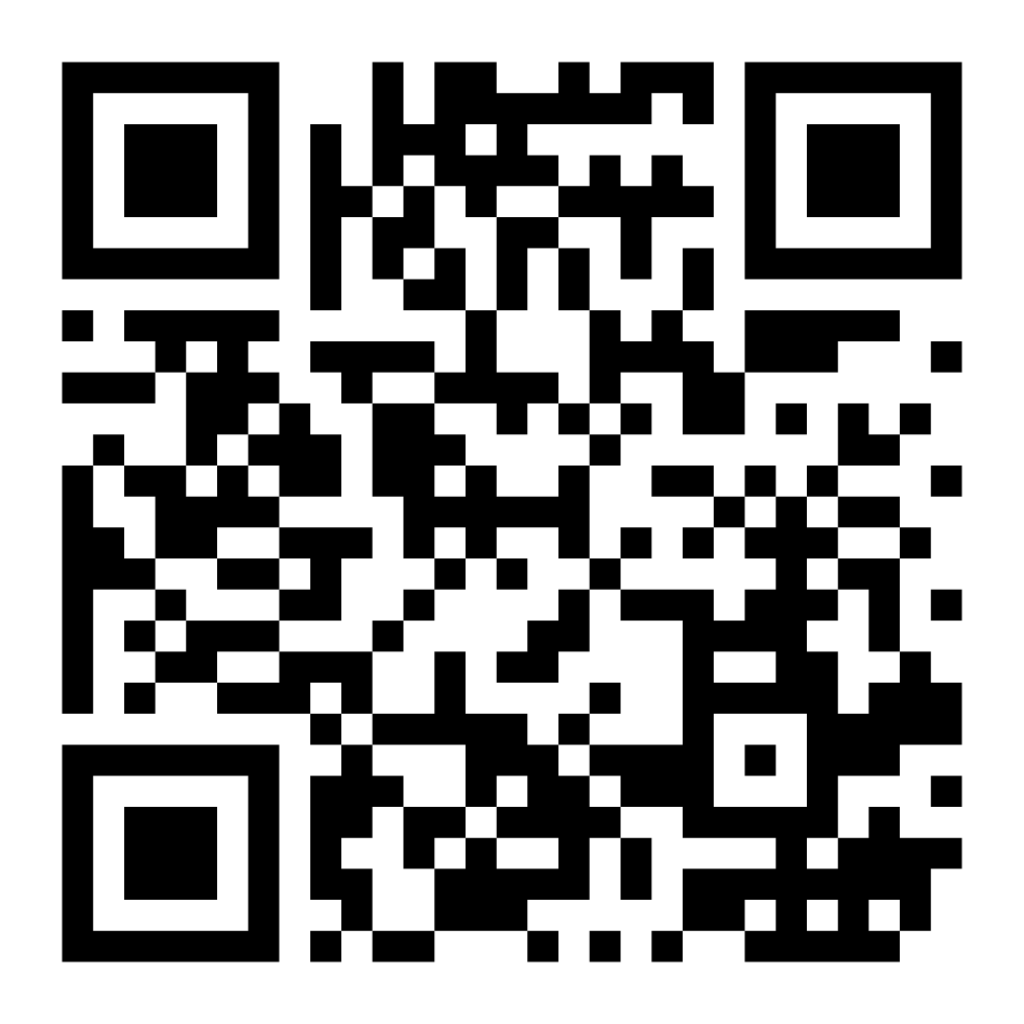
☐ Start Low, Go Slow
Patience is key. Microdosing is all about subtle and gradual adjustments. The key is to start with a very low dose and observe how your body responds before making any changes.
- Begin with 0.15g (150 mg) of dried psilocybin mushroom capsules
- Take it at the same time each day you microdose (morning is recommended)
- Stick to the same dosing schedule for at least a week before adjusting
- If you experience noticeable psychedelic effects, your dose is too high
- Keep a journal. Track your mood, focus, creativity, and any unwanted effects
💡 Tip: If you’re prone to anxiety or mood swings, keep a log of emotional patterns over a few weeks to see if microdosing helps or worsens symptoms.
Microdosing should feel like a gentle shift, not a trip. If you feel “off,” restless, or overstimulated, your dose might be too high. Less is more!
For expert insights on both microdosing and megadosing, watch this in-depth talk with Dr. James Fadiman, one of the pioneers in psychedelic research, as he discusses the effects of microdosing on the brain:
☐ Take regular breaks
One of the most important aspects of microdosing safely is knowing when to take breaks. Continuous use can lead to tolerance buildup, where your body adapts to psilocybin, reducing its effectiveness over time.
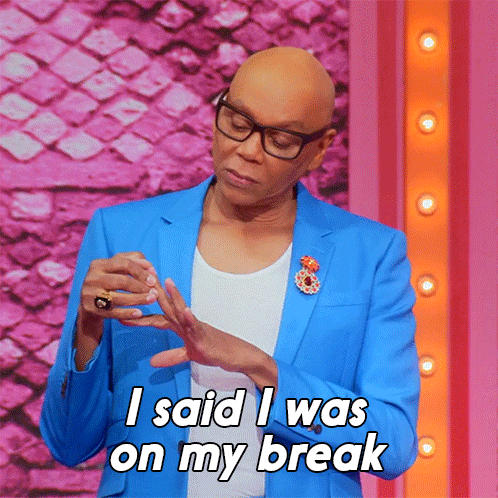
To maintain the benefits of microdosing while preventing diminishing returns, follow a structured schedule:
✅ Fadiman Protocol: 1 day on, 2 days off (e.g., Monday, Thursday, Sunday)
✅ Stamets Stack: 5 days on, 2 days off
✅ Find Your Own Schedule: Everyone responds differently to microdosing, so it’s important to experiment and adjust based on your needs.
Learn how to choose the right schedule for you.
In addition to these schedules, it’s essential to take longer breaks every few months. Take 1-2 weeks off every few months.This allows your serotonin receptors to reset, ensuring that microdosing remains effective and beneficial.
If you notice that you’re relying on microdosing to feel “normal” or manage emotions, it may be a sign to extend your break and reassess. Microdosing should be a tool for personal growth, not a crutch for daily functioning.
Final thoughts on microdosing safety
Unlike macrodosing, microdosing doesn’t require a controlled setting or deep emotional preparation, but that doesn’t mean safety should be overlooked.
To ensure the best experience, keep these key safety principles in mind:
✔ Check in with yourself and take the time to reflect on how you are really doing mentally and physically.
✔ Keep track of the changes in your overall mood, energy levels, and sleep quality. Journaling can help you assess if microdosing is actually benefiting you.
✔ Take regular tolerance breaks. This helps prevent tolerance buildup and ensures microdosing remains effective over time.



